But the bellwether S&P Global UK Construction Purchasing Managers’ Index showed a slowdown in the decline registering 45.5 in August, up from 44.3 in July but still well below the neutral 50.0 value.
A slower reduction in commercial building (index at 47.8) helped to offset steeper declines in residential (44.2) and civil engineering activity (38.1).
Civil engineering was the weakest-performing segment in August, with business activity decreasing at the fastest pace since October 2020.
Survey respondents again commented on a lack of new projects to replace completed work.
Total new orders across the construction sector decreased for the eighth month running in August, although the rate of decline eased to the least marked since January.
Tim Moore, Economics Director at S&P Global Market Intelligence, said: “Construction activity has decreased throughout the year- to-date, which is the longest continuous downturn since early-2020. August data signalled only a partial easing in the speed of decline after output fell at the fastest pace for over five years in July.
“Sharply reduced levels of housing and civil engineering activity were again the main reasons for a weak overall construction sector performance. Commercial work showed some resilience in August, with the downturn the least marked for three months.
“There were some positive signals on the supply side as vendors’ delivery times shortened, subcontractor availability improved and purchasing price inflation hit a ten-month low. However, easing supply conditions mostly reflected subdued demand and a lack of new projects.
“Elevated business uncertainty and worries about broader prospects for the UK economy meant that construction sector optimism weakened in August. The proportion of panel members expecting a rise in output over the year ahead was 34%, down from 37% in July and lower than at any time since December 2022.”







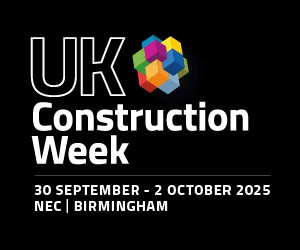

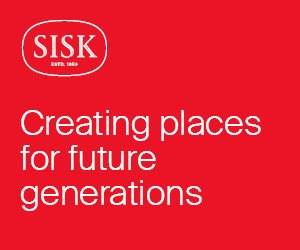


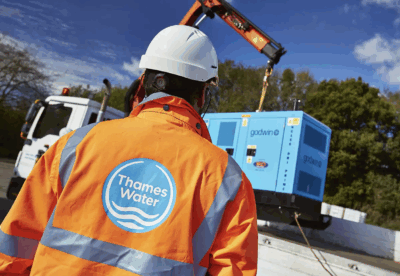
























 (300 x 250 px) (2).png)

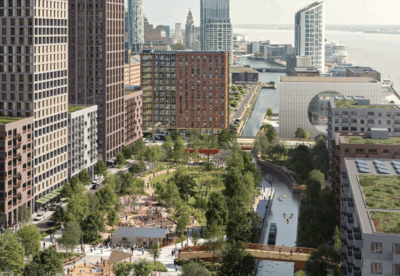


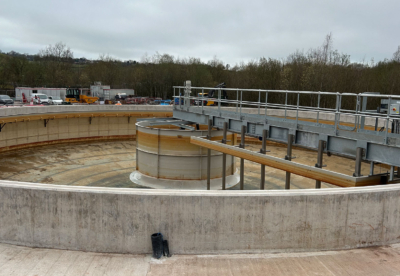




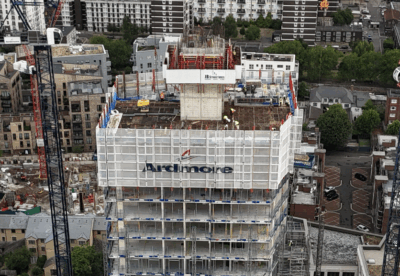







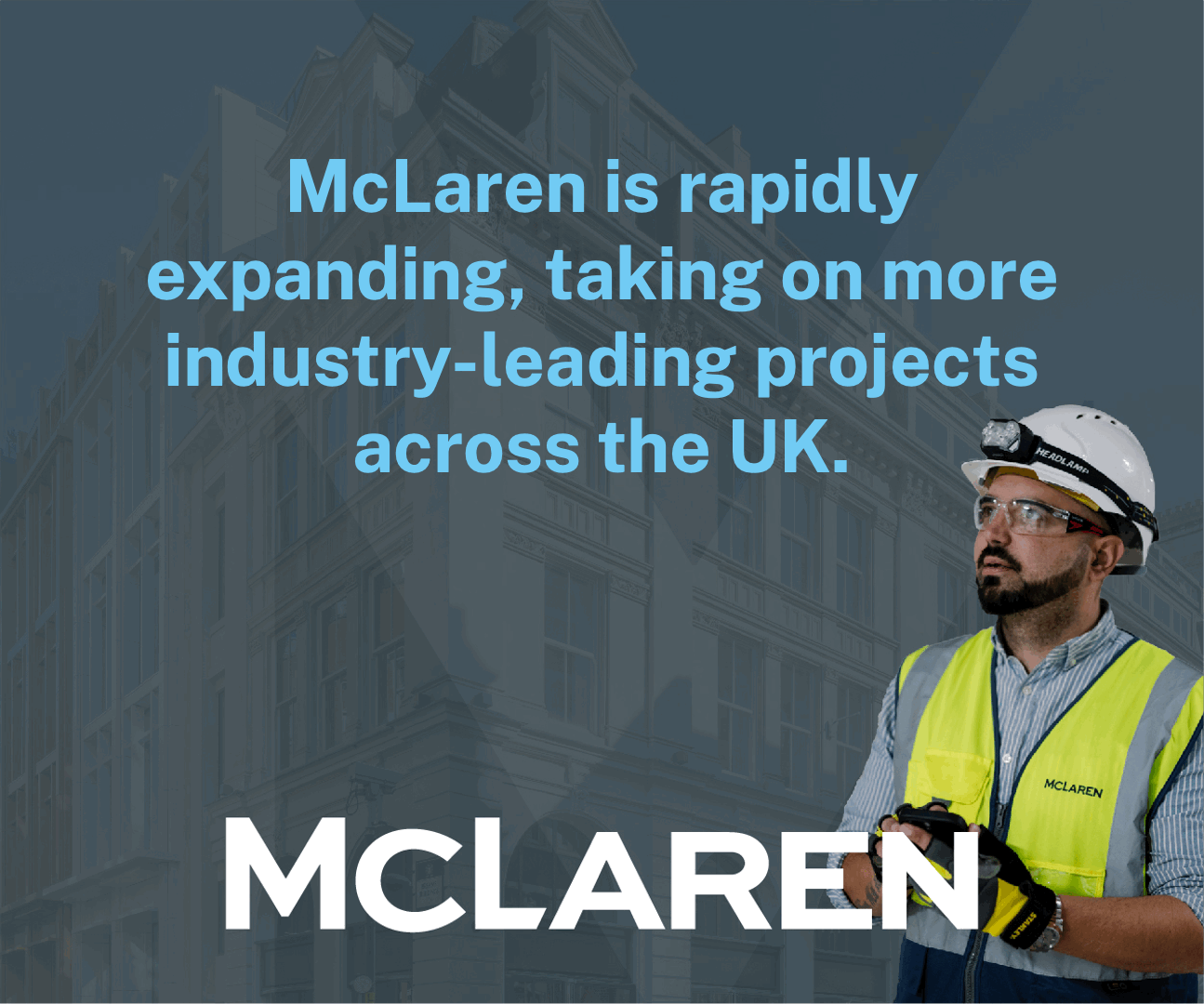
.gif)
